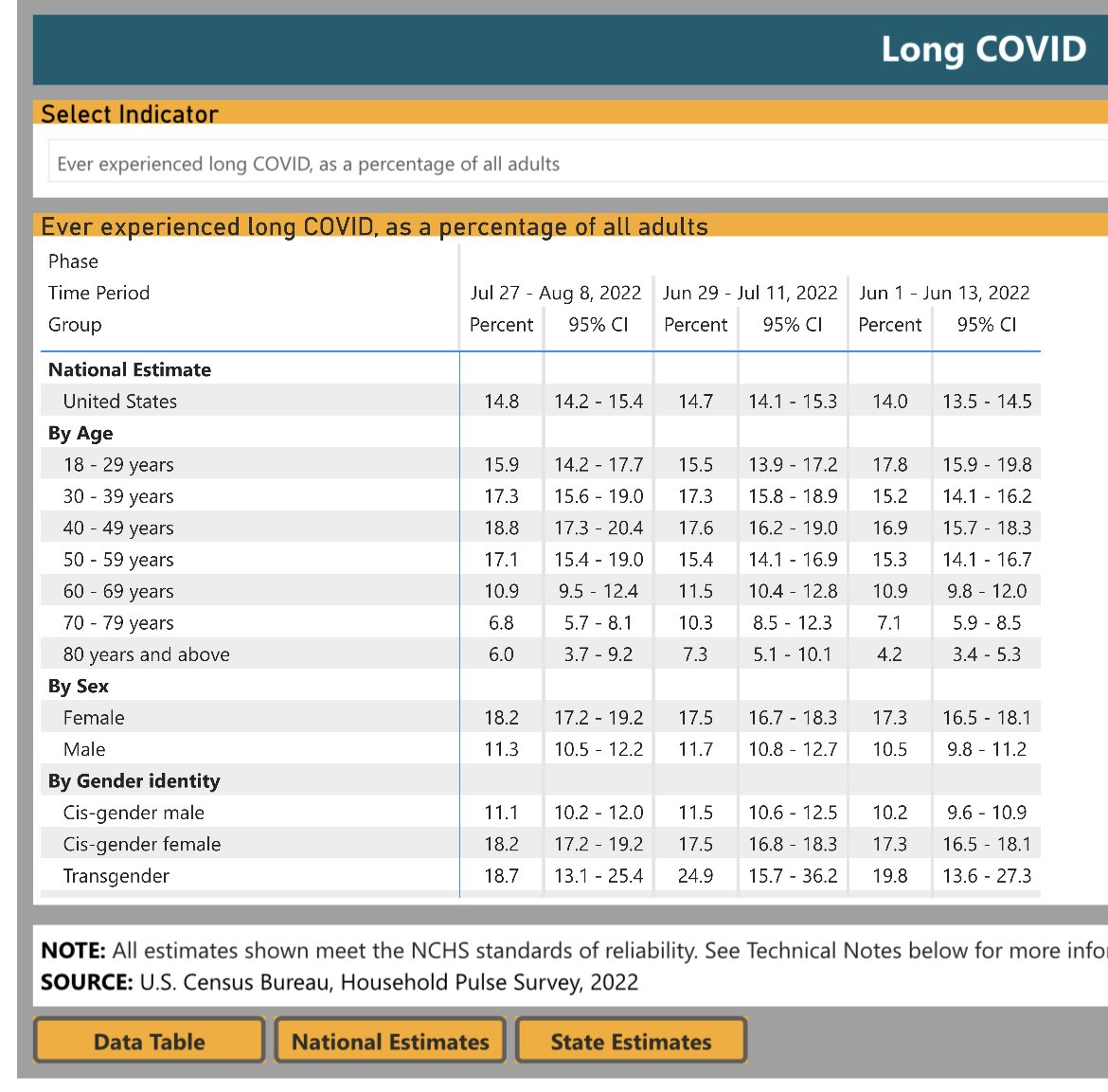I remember when I first started working at Stripe I felt like the dumbest person in the room. I was amazed at how smart everyone seemed and the writing…gosh, the writing! If I wanted to be like that too, something needed to change.
At first I thought I needed to improve my critical thinking. Looking for a solution, I poured over mental models and frameworks.
It didn’t really help though. I can hang my thoughts off of a neat model but can still get away with sloppy thinking—just packaged in a smarter looking format.
Turns out, what I’m really trying to do is ‘think better thoughts’.
(As an aside, it’s wild that humans can even have this kind of metacognition!)
I don’t want to be smarter, I want to be more creative, reason about problems clearly, and draw upon useful knowledge. Better thinking is a skill I can take steps to develop, being smart is merely a judgment (and a lousy one at that).
How do you think better thoughts?
One of my favorite Paul Graham-isms has to do with finding startup ideas. The best way to find amazing startup ideas is to become the kind of person who has amazing ideas.
As annoying as it sounds, the only surefire way to have better thoughts is to be the kind of person who has better thoughts. Afterall, identity is a powerful motivator and improving thinking is a collection of habits and behaviors.
To me, that’s reading better books and writing things down.
Read better books
(I’m going to focus on non-fiction books here due to their practicality in thinking better thoughts, but of course there fiction books which apply.)
It’s not like I read one book and suddenly think better, but reading increases the cardinality of thoughts I can have. Reading helps me think “wider” and combine more ideas—an important element of creativity and discovery. Thinking wider leads to compounding benefits as more ideas become available like an ever expanding pallet.
Reading books about thinking was surprisingly helpful. The Clock of the Long Now helped me think about long term thinking and deep time. The Beginning of Infinity helped me explore epistemology and how to not fool myself. The Minto Pyramid Principle helped me think about writing and how to explain things to others effectively.
Reading books opens up new pathways follow your curiosity. Those new pathways lead to other books to read and more ideas to think about. For example, The Beginning of Infinity led to thinking about consciousness which led to reading I Am a Strange Loop and physics.
Not just any book will do. I feel that “better books” are ones that are relevant to your interests but slightly off the beaten path. A simple heuristic is to look for canonical books in the field if inquiry that gets mentioned often by people working in the field but are seldom actually read.
Write things down
There are many benefits to writing and it gets even better when I write about what I’m reading. I take notes to clarify my understanding of the ideas I find interesting. I think about what I’ve read more if I’ve written anything about it. It sharpens the ability to express ideas to others.
This last point proves to be another important part of thinking better thoughts—writing grows knowledge and enables others to add to it. Human knowledge is meme replication so ideas need to be effectively replicated. This is critical for making progress as a group whether you are working on a team or building a company.
Now that I’ve written this down, the through-line here is that cultivating curiosity is a useful strategy for thinking better thoughts. Reading books and writing naturally leads to more curiosity.
The difference between “go read these books about philosophy, it’s good for you” and “why does Godel’s incompleteness theorem keep coming up in these other books, what did he find” are huge. One feels like homework, the other feels like discovery.
